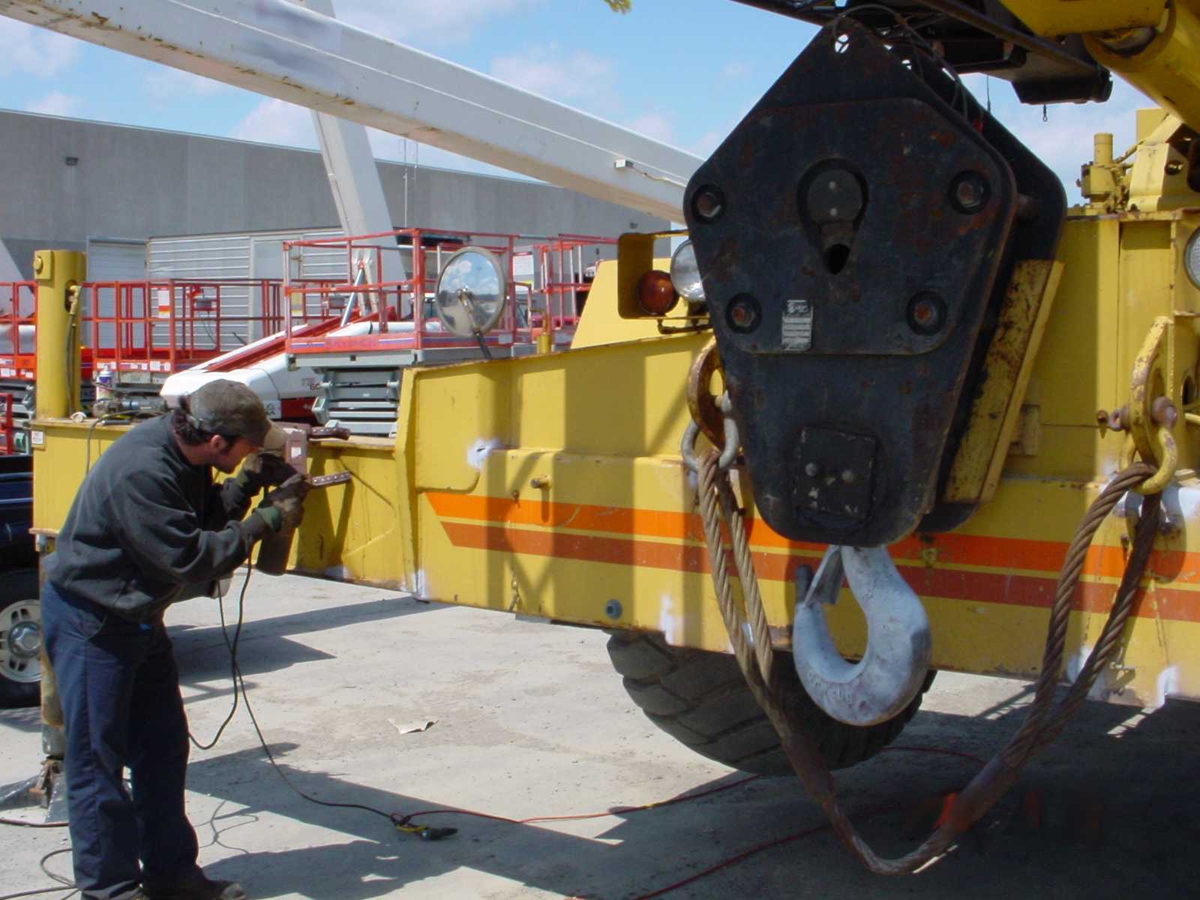Determining Competency in a Crane Inspector

Crane Inspection Seminar Presented At CRAC Conference
The Crane Rental Association of Canada (CRAC) put on a show in Ottawa for this year’s CRAC Conference spanning four days from May 29 to June 1, 2003. Over two hundred people representing Canada’s crane industry attended. The delegates were treated to a great round of golf at Eagle Creek Golf Course, dinner among a number of historic airplanes at the Aviation Museum, and some fantastic food and dancing on banquet night with a ten piece band supplying the rock ‘n’ roll.
Of course, there was time alotted for a few enlightening seminars. The manufacturers presented information about mobile self-erecting tower cranes, as well as their upcoming product lines. Various financing companies discussed the in’s and out’s of borrowing money in a tight economy. Mr. David Ritchie gave an inspiring glimpse of how a small town auctioneer turned into a global company.
The last presentation of the conference was delivered by Domson Engineering’s president, Dennis Domenichini. The seminar, entitled “Mobile Crane Inspection” started by driving home the point of crane inspection – Safety.
“Proper inspection prevents accidents” said Dennis, citing two examples of crane failures that would have been prevented by inspection, saving money as well as lives. The key is to make sure that you are getting a proper inspection by competent personnel testing in accordance with governing regulations and standards.
So how do you do that?
Getting The Right People
First, we have to define this seemingly vague word “competent”.
Ontario law defines a competent person as someone having the knowledge, training, and experience to do the work. That person must have knowledge of the applicable regulations pertaining to the work and understand the hazards associated with it. This can’t be just anyone – it has to be provable in court!
You can check the inspector’s competence.
Here’s how:
- Ask to see his/her certification cards for magnetic particle testing (magnaflux) and/or ultrasonic testing. These are the main methods used for finding cracks in the crane’s structure, so this certification is a basic requirement.
- Ask how many cranes he/she inspects per month. A true crane inspector should average at least ten cranes per month.
- Ensure that the inspector knows the names of all parts of the crane. If not, this is a sign that the inspector isn’t very experienced with cranes.
- Inquire about rejection criteria for crane specific components such as wire rope, sheaves, hooks etc. For example, a crane inspector should know how many broken wires are allowed in a rope and how much wear is allowed in a hook before they must be removed from service. Without this knowledge, just what kind of inspection can he provide?
- Ask about the regulations pertaining to crane inspection. The inspector needs to know which regulations apply and be familiar with them.
Of course, the supervising engineer has to be at least as competent as the inspector and should be able to answer the above in a positive manner.
Following The Rules
Now that you know how to check the competence of the inspector and engineer examining your crane, you need to know the standards and regulations governing crane inspection.
In Ontario, the primary rule book for crane operation is the Occupational Health and Safety Act Regulation 213/91 “Regulations for Construction Projects”. The portions from that regulation pertaining to cranes and rigging are sections 150 to 180. These sections provide your minimum legal requirement for crane operation, inspection, safety factors, etc.
The next important document you should know about is the latest Canadian standard on mobile crane safety is CSA standard Z-150-1998. This standard, published in 1998, covers crane design, construction, operation, and maintenance. It also has extensive coverage of crane inspection requirements.
A competent crane inspector needs to be familiar with these documents and use them in the carrying out of their inspections.
Getting To The Point
Remember that the point of crane inspection is not to get a cheap piece of paper. The goal is to have a safe crane that can be relied upon. Competent inspection and engineering personnel are the key to achieving this goal.




